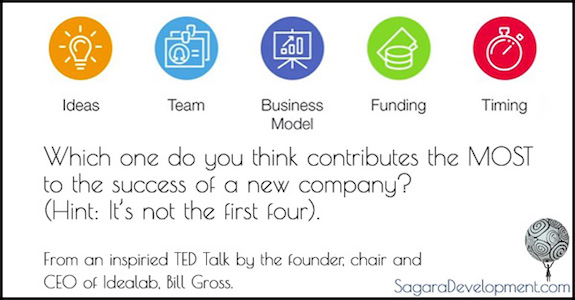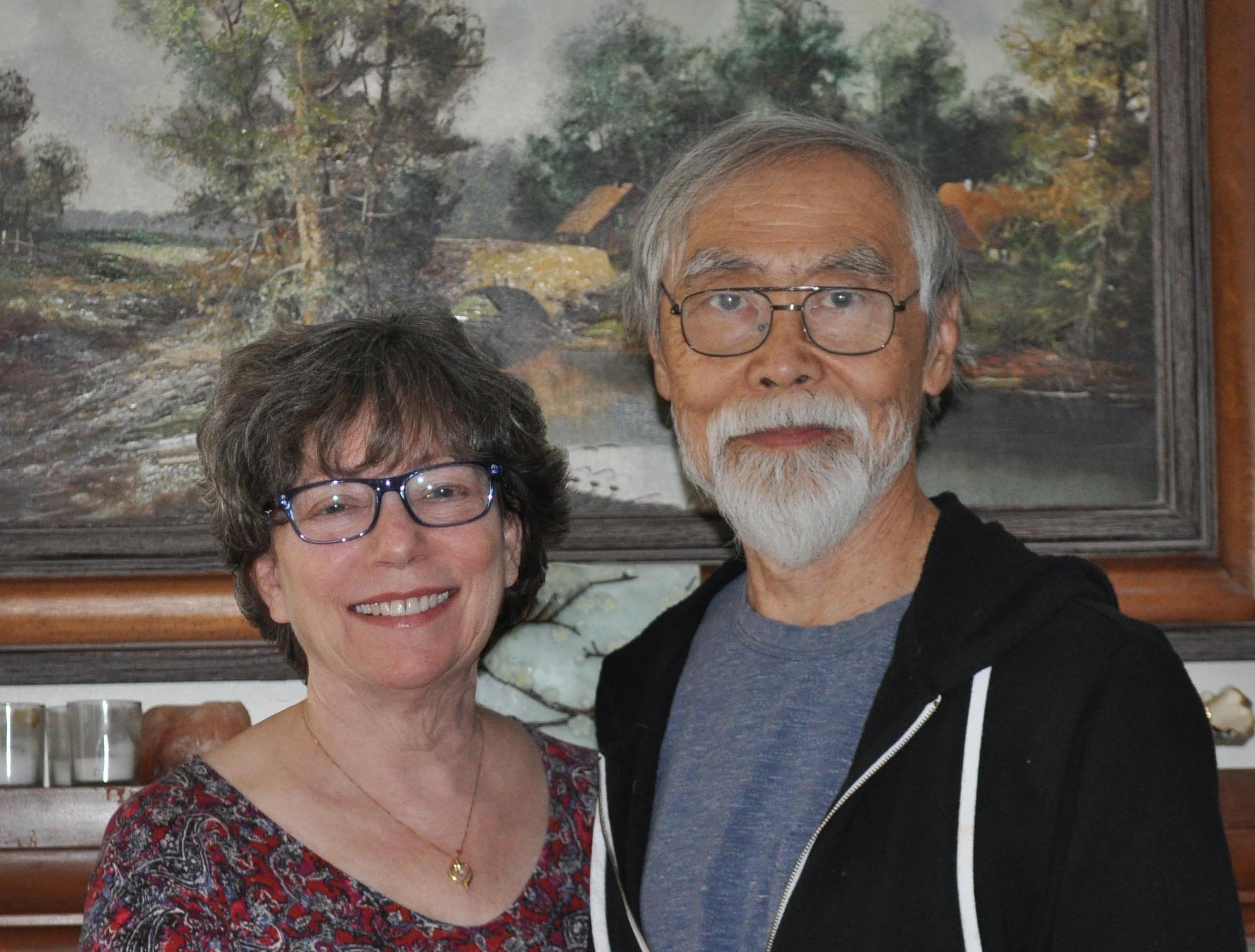Do you have sponsors or use affiliate marketing for your products and services? If you don't, maybe you've thought about it. Did you know that you should make sure your social media, website, and advertising content meets Federal Trade Commission (FTC), Food and Drug Administration (FDA) and Google requirements. It's about truth-in-advertising.
Honestly, I kind of glazed over when I first read this article at Social Media Examiner about "compliance," but after I read the entire article I realized that if we all follow a few simple guidelines, we should be fine. Those guidelines are listed here (so you don't have to wade through the entire article unless you want to).
First, a bit of background info:
Back in September 2014 the FTC started slapping wrists (warning letters) as part of what it called Operation Full Disclosure. In June 2015 it showed a clear direction on this, mainly that they are likely to start regulating not just print and broadcast advertising, but websites and social media as well.
And the bad news:
You and your company are responsible for staying abreast of regulations when producing what's called "compensated content." For example, if you're working with bloggers or YouTube video bloggers you must make sure that the people producing that content on your behalf maintain compliance.
Follow these simple guidelines and you should be OK*:
- FTC: Disclose Early, Clearly and Conspicuously
That's pretty much their main guideline. For example, when you publish blog posts, you should include a simple, clear and easy-to-find disclosure near the top of the post right below the title. Something like, "We have been compensated by So-and-So and its advertiser. All opinions are mine alone." For video, do the disclosure right at the beginning.
While the FTC doesn't mandate specific wording of disclosures, it still requires them even in short forms of media like Twitter. Use the hashtag #ad or put "Ad:" at the beginning of your tweet.
- Google: Use NoFollow Tags for Links in Sponsored Posts
To keep compensated content from unduly affecting search rankings, you should ensure all links in anything compensated (like a blog post) contain NoFollow tags. You (or your webmaster) can customize your links to include the appropriate code. It looks like this: <a href="http://websiteaddress.com" rel="nofollow">websiteaddress.com</a>
When you contract with anyone to produce content on your behalf, be sure to let them know to make links NoFollow since you're responsible for any content they create for you.
- FDA: Discuss On-Label Benefits and Potential Side Effects
The FDA has strict regulations for claims that you are allowed to make for prescription and over-the-counter (OTC) products. I'm sure you've noticed ads for drugs and the long list of info and side effects they include. So, if you are going to make health claims about your product, do follow the rules and provide the "risk information." Also, if anyone posts on social media or advertises your product for you, they must comply with the FDA rules as well. You should check with the FDA on this one to make sure your wording is correct so that you include the product brand name, its proper medial name, on-label benefits, and potential side effects.
If the advertising or social media platform doesn't enable you to follow the regulations (you could not possibly post all the side-effects in a Tweet) you should avoid using that platform.
So, bottom line, embrace transparency. It's critical to maintaining your reader's and follower's trust. Also, I dunno about you, but I don't want to have any of those organizations after me!
:-D
-Robin
* Of course, when in doubt check it out with the FTC, FDA and Google. I'm not a lawyer, this is not legal advice, just me trying to help you wade through all the regulations.






